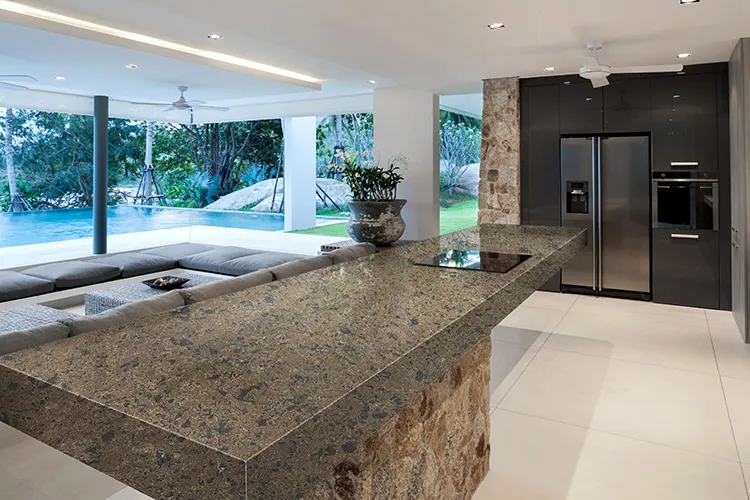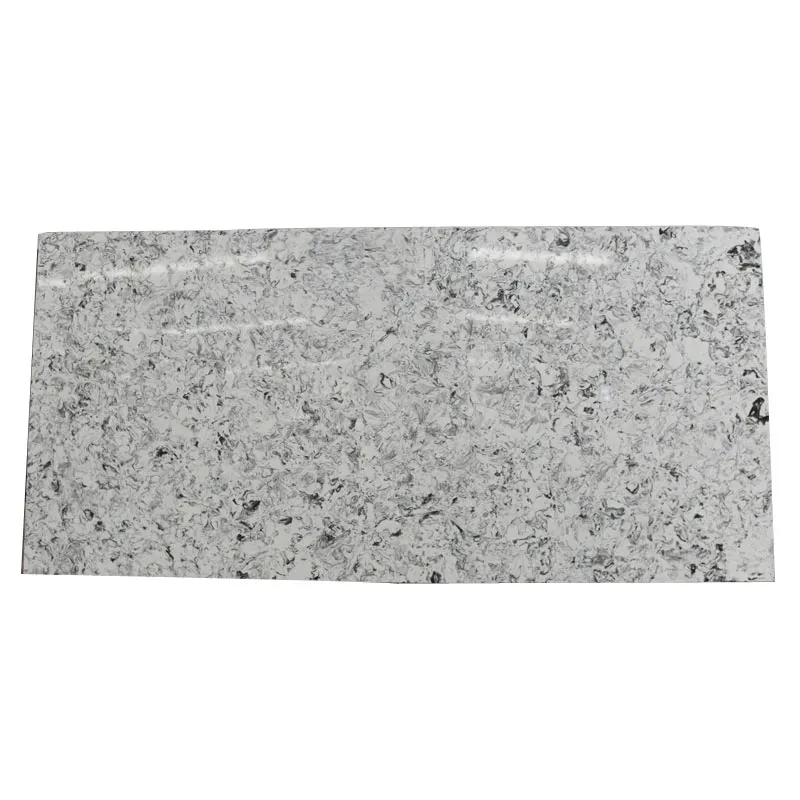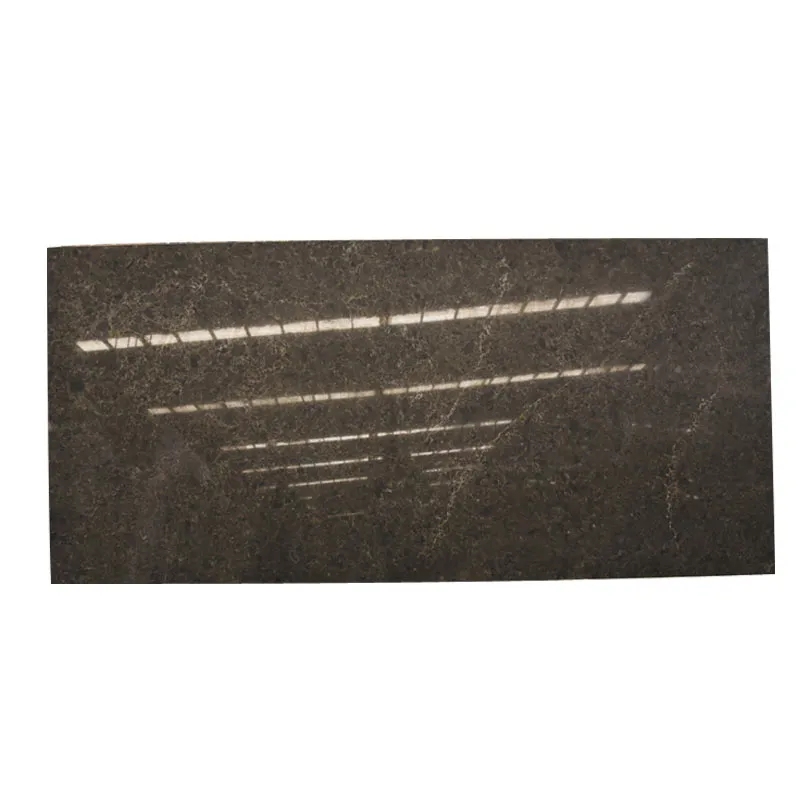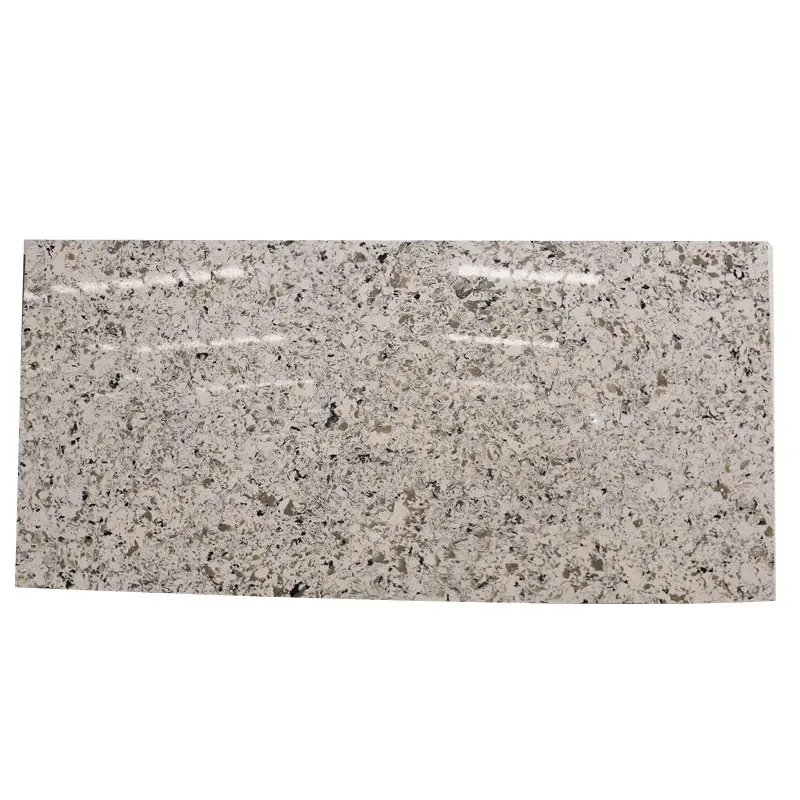Marble look quartz countertop combines the beautiful texture of natural marble with the high durability of quartz stone, so it can not only meet aesthetic needs, but also has strong practicality and easy maintenance. However, although quartz stone itself has strong anti-penetration ability and low water absorption, consumers often still care about one question when choosing this material: Does the marble look quartz countertop need to be sealed regularly?
If so, how often is it appropriate to seal it? These issues are related to the service life and beauty of the countertop. This article will analyze the material characteristics, importance of sealing, sealing cycle and other aspects of the marble look quartz countertop in detail to provide consumers with a comprehensive solution.

What is a marble look quartz countertop?
First of all, it is necessary to understand the basic composition of the marble look quartz countertop. Marble look quartz countertop is actually a countertop material that combines quartz stone (artificial stone) with marble texture design. Quartz stone is made of natural quartz particles, resin and other minerals through high temperature pressing, and has the advantages of high hardness, high wear resistance and low water absorption. The marble-look texture simulates the appearance of natural marble through artificial craftsmanship, making the quartz countertop not only durable but also gorgeous in appearance, suitable for modern homes, kitchens, bathrooms and other occasions.
Although quartz countertops have excellent anti-fouling and anti-scratch properties, their surface is not completely free of holes, especially some high-end quartz countertops. Although the texture and texture of marble are imitated as much as possible in craftsmanship, there are still tiny gaps on the surface. Therefore, although marble look quartz countertops are better than natural marble in terms of penetration resistance, they may still be penetrated by certain liquids or oils, causing stains or discoloration on the surface.

Does marble look quartz countertop need to be sealed?
Before answering the question of "how often does a marble look quartz countertop need to be sealed", we must first clarify: Does a marble look quartz countertop need to be sealed?
1. The sealing performance of quartz stone
One of the biggest differences between marble look quartz countertops and natural marble is the sealing performance of the material itself. Marble is a natural stone that usually has a high porosity and is easy to absorb water and stains, which makes the marble surface susceptible to erosion by water, oil, acidic substances, etc. Therefore, in order to protect its surface and extend its service life, natural marble usually needs to be sealed regularly to reduce liquid penetration and prevent stains from forming.
In contrast, the material structure of quartz itself is very dense, and the water absorption rate of most quartz countertops is less than 0.5%, which makes it more resistant to penetration than marble. Because the surface of quartz is very dense, liquids do not easily penetrate into the countertop, so most quartz countertops do not need to be sealed like natural marble.
However, although marble look quartz countertops have low water absorption, some low-quality quartz countertops with unfinished surface treatment may still have tiny pores or gaps. This type of quartz countertop may have certain water stains, oil stains and other problems after long-term use. Therefore, proper sealing can provide an additional layer of protection for the countertop and enhance its stain resistance and anti-penetration ability.
2. The role and purpose of sealing
The main purpose of sealing is to prevent the long-term accumulation of stains and color changes by covering a layer of protective film to reduce the penetration of liquids, oils and other substances into the countertop. For quartz countertops, sealing is not always necessary, but in some high-frequency use areas (such as kitchen countertops or bathroom countertops), the sealing layer can serve as an additional protection to prevent stains or liquids from penetrating and affecting the appearance of the countertop.
Sealing can also extend the service life of marble look quartz countertops and maintain their gloss and cleanliness. Although quartz countertops themselves have strong stain resistance, the surface may still be damaged due to contact with oil, liquids, acidic substances, etc. during long-term use. Sealing can effectively prevent this phenomenon from happening.

How long is the sealing cycle of marble look quartz countertops?
So, since there is a clear answer to whether marble look quartz countertops need to be sealed-for most high-quality quartz countertops, regular sealing is not necessary, but in some cases (such as long-term exposure to high temperature, high humidity, and oily environments), proper sealing can improve the durability of the countertop. So, how to judge the quartz countertops that need to be sealed, and what is the sealing cycle?
1. Marble look quartz countertop sealing cycle
For most marble look quartz countertops, if they have undergone the initial process (that is, the manufacturer has sealed them), they usually do not need to be sealed frequently. Generally speaking, the sealing layer of high-quality quartz countertops can last for 3 to 5 years without being easily damaged. At this time, consumers only need to clean the countertops regularly to avoid long-term accumulation of stains.
However, if the countertop is in a high-frequency use environment, or some low-quality quartz countertops, it may need to be re-sealed every 1 to 2 years, especially if there is too much contact with oil stains, water stains or acidic substances. This is because, although the water absorption rate of marble look quartz countertops is very low, as the frequency of use increases, its surface may appear tiny scratches or wear, these damages may affect the effectiveness of the sealing layer, resulting in a weakening of surface protection.
2. How to tell if a quartz countertop needs sealing
In addition to relying on the manufacturer's recommendations, users can also use simple inspection methods to determine whether a quartz countertop needs sealing. The most common inspection methods are:
● Water drop test: Drop a drop of water on the countertop surface and observe whether the water drop can be quickly absorbed. If the water drop stays on the surface and is not absorbed, it means that the surface of the marble look quartz countertop still maintains good sealing. If the water drop is absorbed or the water drop spreads on the countertop, it means that the countertop may need to be re-sealed.
● Stain test: You can apply some oily or acidic liquids (such as oil, vinegar, coffee, etc.) on the countertop and then observe whether the stain can be easily removed. If the stain is easy to remove during cleaning, it means that the sealing layer is still effective; if the stain is difficult to remove, it may indicate that the sealing layer of the countertop has failed and needs to be re-sealed.
3. Timing of sealing treatment
Usually, the marble look quartz countertop will be sealed for the first time after installation. At this time, the countertop surface is the densest and has the strongest anti-penetration ability. As time goes by, especially in environments with frequent contact with high temperatures, oil, strong acids, etc., the surface of the countertop may suffer some minor damage, resulting in a weakened sealing effect. Therefore, it is recommended to check after 3 to 5 years of use and reseal if necessary.
For countertops that have more oil stains, stains or liquid penetration problems, you can consider resealing within 1 to 2 years. Sealing at this time will help restore the countertop's stain and penetration resistance, ensuring that the countertop continues to maintain its beauty and functionality.

How to seal a marble look quartz countertop?
Sealing is usually performed by professionals, but consumers can also do it themselves at home. Here are some simple sealing steps:
● Clean the countertop: First, clean the marble look quartz countertop thoroughly with a mild detergent to ensure that there is no oil, stains or dust on the surface of the countertop. Wipe with a soft cloth or sponge, and avoid using detergents with corrosive ingredients.
● Choose the right sealant: There are many sealants on the market that are specifically used for quartz countertops. Consumers can choose the right product according to the manufacturer's recommendations or material type. Usually, the sealant for quartz countertops is a transparent liquid with strong permeability.
● Apply sealant: Apply the sealant evenly on the marble look quartz countertop and wipe it gently with a cloth or sponge. When applying, you need to pay attention to cover the entire countertop to avoid missing any spots.
● Wait for drying: After applying the sealant, it is usually necessary to wait 20 to 30 minutes for the sealant to completely penetrate and dry. If the countertop is particularly dry or has a lot of cracks, you may need to apply another layer of sealant.
● Remove excess sealant: Before the sealant dries, gently wipe off the excess sealant on the surface with a clean cloth or paper towel to avoid leaving marks.
● Wait for complete drying: After completing the sealing process, it is best to wait 24 hours to ensure that the sealant is completely cured so that the marble look quartz countertop can achieve the best protection effect.

